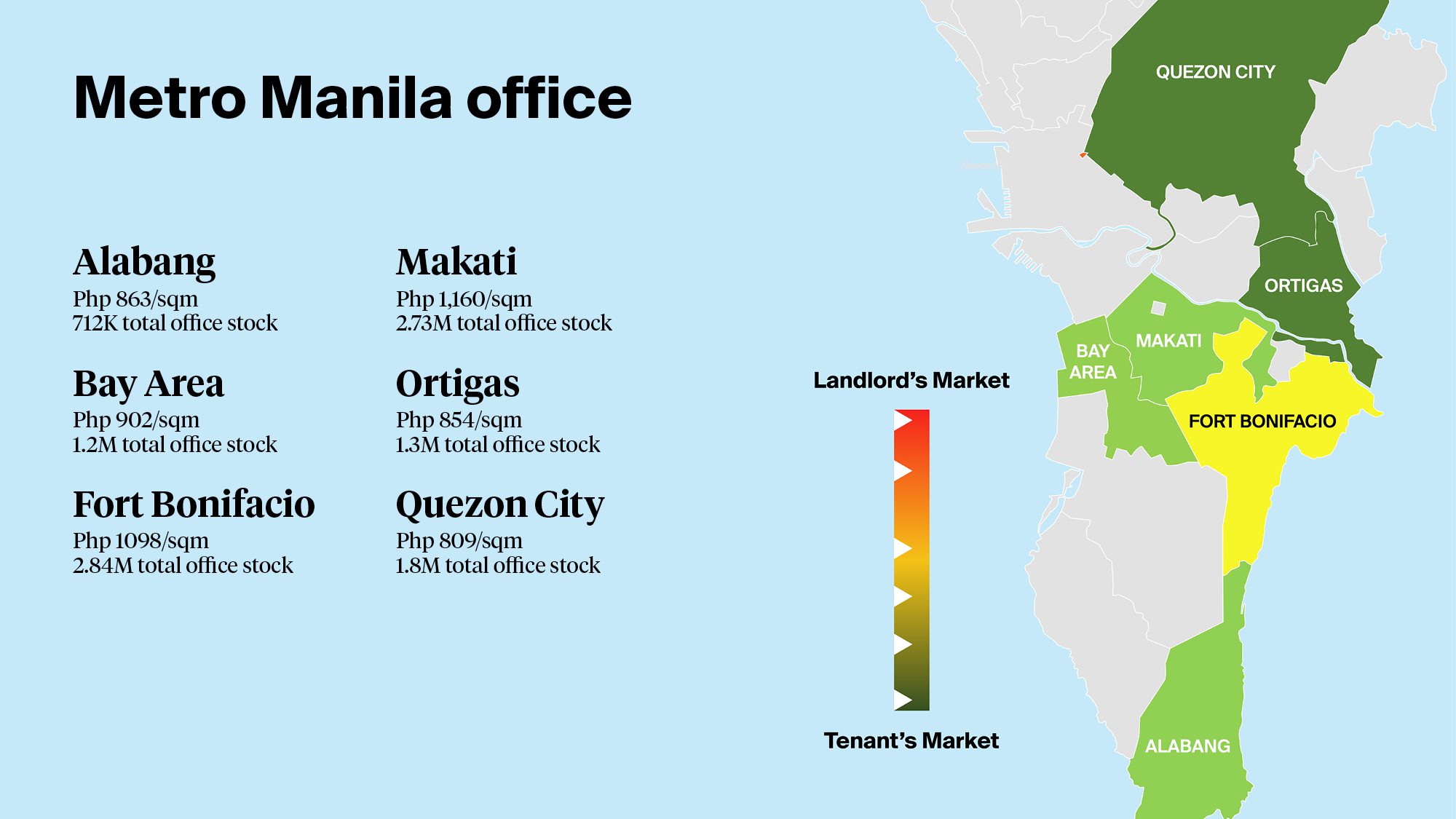Across the world, 81% of occupiers intend to adopt an office-first strategy. Most of them are returning to the office in a hybrid setup.
The debate on the most optimal work arrangements is reaching a discernible consensus, and there is now a widespread acceptance of the office-first-hybrid strategy.
This strategic framework places paramount importance on in-person work and collaborative endeavors within a conventional office setting, establishing it as the foundational mode of operational conduct.
The transition from traditional work modality towards a hybrid work modality has left a noticeable imprint on the office market in the form of rising vacancy. The recorded figure for available office space increased from 4% at the start of 2020 to 26% by the end of 2022. The substantial amount of available space indicated a slowdown in leasing activities during the specified period, as businesses recalibrated their approaches in alignment with the evolving work and operational landscape.

Metro Manila office space lease rate and office stock
In the aftermath of the pandemic, a notable cohort of enterprises imposed a compulsory return-to-office policy, compelling employees to recommence on-site work at full operational capacity. But companies have faced resistance from employees who – having experienced nearly two years of productive remote work – have grown preference for greater flexibility and less commute time.
The concept of a hybrid workplace has thus emerged as an alternative approach. Acknowledging the merits of both remote work and in-person collaboration, organizations are exploring the potential to establish an “office-first” hybrid work environment that combines the advantages of flexibility and remote work with the inherent value of face-to-face interactions.
Knight Frank’s (Y)our Space report suggests that a noteworthy proportion of global multi-market businesses have adopted hybrid work arrangements. Out of the 350 surveyed companies that represent 10 million employees worldwide, 81% of firms are planning an office-first strategy for their organizations. At the same time, 56% have chosen a hybrid model, allowing employees to participate in both remote and in-office work. This approach aims to strike a harmonious balance, offering the flexibility linked with remote work while harnessing the advantages derived from in-person collaboration.